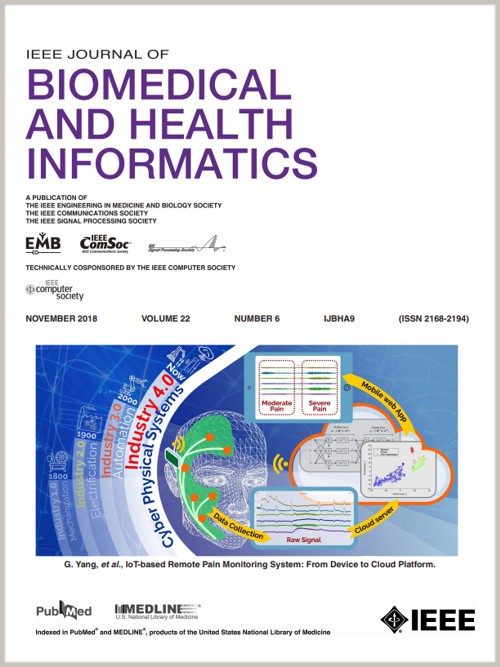Sequential sEMG Recognition With Knowledge Transfer and Dynamic Graph Network Based on Spatio-Temporal Feature Extraction Network
IF 6.7
2区 医学
Q1 COMPUTER SCIENCE, INFORMATION SYSTEMS
IEEE Journal of Biomedical and Health Informatics
Pub Date : 2025-02-10
DOI:10.1109/JBHI.2024.3457026
引用次数: 0
Abstract
Surface electromyography (sEMG) signals are electrical signals released by muscles during movement, which can directly reflect the muscle conditions during various actions. When a series of continuous static actions are connected along the temporal axis, a sequential action is formed, which is more aligned with people's intuitive understanding of real-life movements. The signals acquired during sequential actions are known as sequential sEMG signals, including an additional dimension of sequence, embodying richer features compared to static sEMG signals. However, existing methods show inadequate utilization of the signals' sequential characteristics. Addressing these gaps, this paper introduces the Spatio-Temporal Feature Extraction Network (STFEN), which includes a Sequential Feature Analysis Module based on static-sequential knowledge transfer, and a Spatial Feature Analysis Module based on dynamic graph networks to analyze the internal relationships between the leads. The effectiveness of STFEN is tested on both modified publicly available datasets and on our acquired Arabic Digit Sequential Electromyography (ADSE) dataset. The results show that STFEN outperforms existing models in recognizing sequential sEMG signals. Experiments have confirmed the reliability and wide applicability of STFEN in analyzing complex muscle activities. Furthermore, this work also suggests STFEN's potential benefits in rehabilitation medicine, particularly for stroke recovery, and shows promising future applications.求助全文
约1分钟内获得全文
求助全文
来源期刊

IEEE Journal of Biomedical and Health Informatics
COMPUTER SCIENCE, INFORMATION SYSTEMS-COMPUTER SCIENCE, INTERDISCIPLINARY APPLICATIONS
CiteScore
13.60
自引率
6.50%
发文量
1151
期刊介绍:
IEEE Journal of Biomedical and Health Informatics publishes original papers presenting recent advances where information and communication technologies intersect with health, healthcare, life sciences, and biomedicine. Topics include acquisition, transmission, storage, retrieval, management, and analysis of biomedical and health information. The journal covers applications of information technologies in healthcare, patient monitoring, preventive care, early disease diagnosis, therapy discovery, and personalized treatment protocols. It explores electronic medical and health records, clinical information systems, decision support systems, medical and biological imaging informatics, wearable systems, body area/sensor networks, and more. Integration-related topics like interoperability, evidence-based medicine, and secure patient data are also addressed.
 求助内容:
求助内容: 应助结果提醒方式:
应助结果提醒方式:


